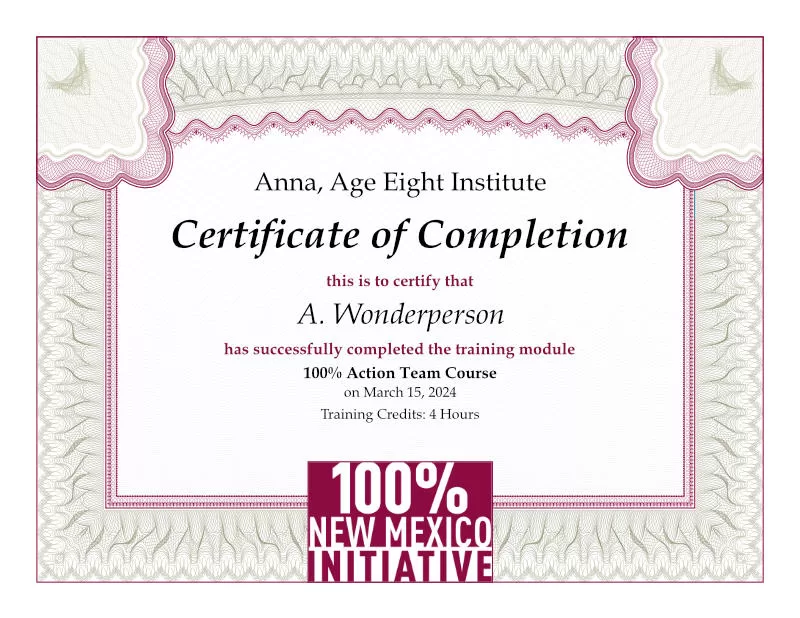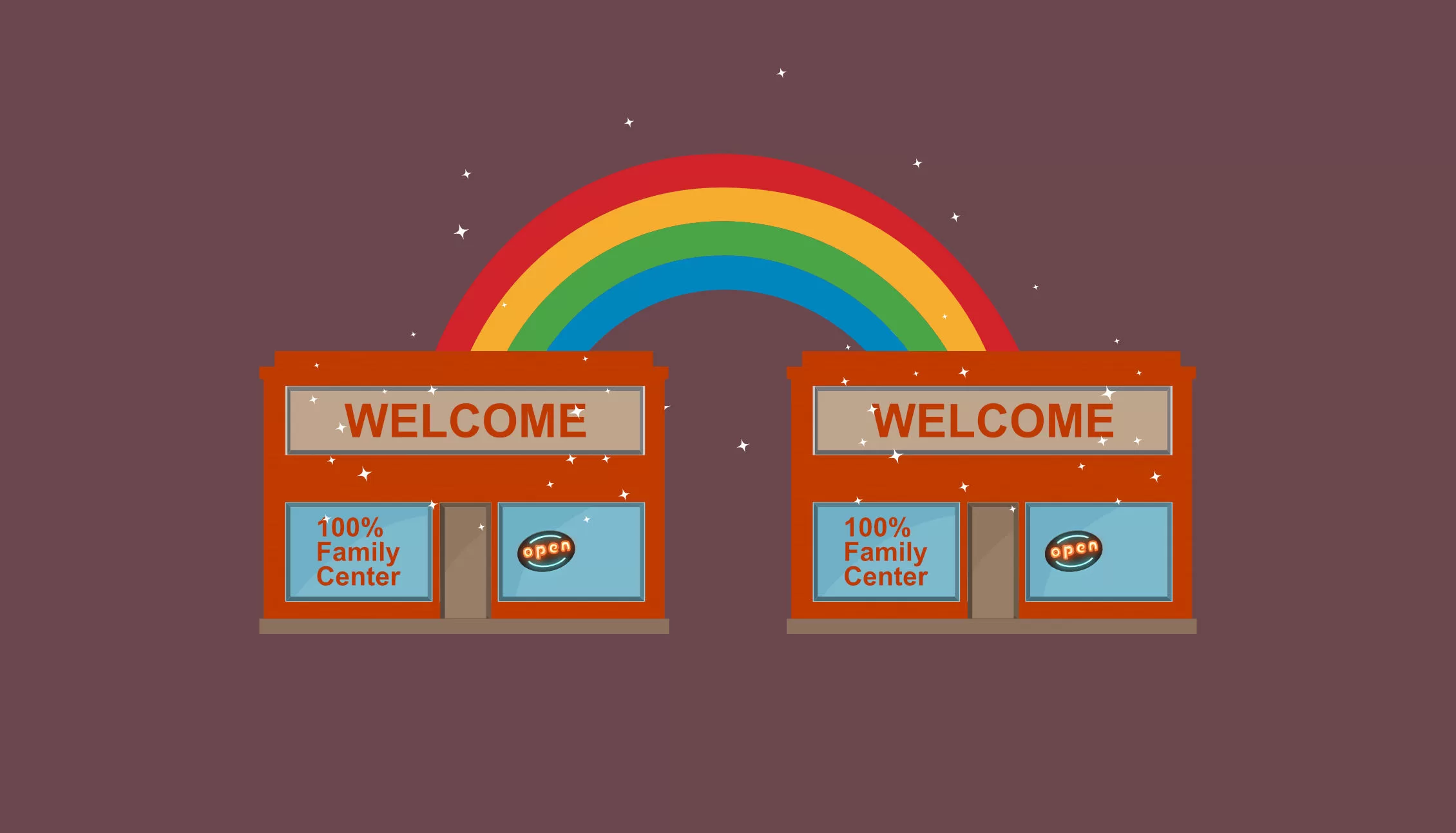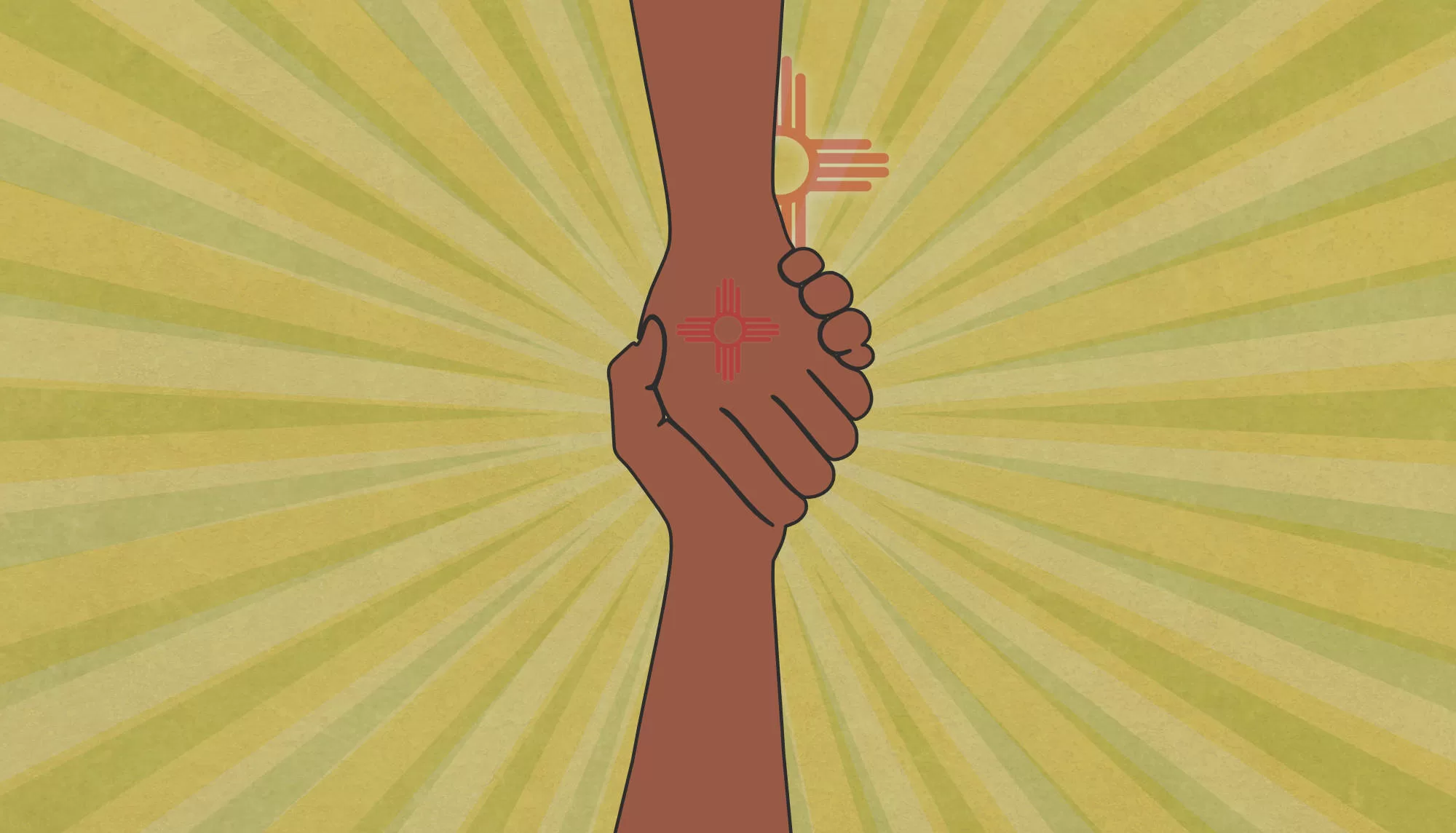How was child welfare set up to fail Anna?
Eight-year-old Anna was set up to fail from the very beginning and the tragedy of her death has not resulted in the necessary change to prevent another child from falling between the cracks. How did this happen?
Katherine Ortega Courtney, PhD and Dominic Cappello, PhD
You watched. Now consider…
Anna’s tragic story as told in the book, Anna, Age Eight, highlights several systemic shortcomings in the child welfare system that left her vulnerable and ultimately failed her. It’s fair to ask how this happened and why little has changed. While we know how to solve New Mexico’s childhood trauma crisis, including how to redesign child welfare to be more effective, it’s valuable to understand how a system set up to protect children failed so catastrophically.
A Reactive System
The child welfare system in the United States primarily operates in a reactive manner. This means it focuses on intervention after abuse or neglect has already occurred. In Anna’s case, the system did not have the capacity or resources to identify and address potential risks within her family environment before the abuse escalated.
Lack of Preventative Measures
The system’s reactive nature results in a serious gap in preventative measures. Ideally, child welfare systems would work upstream, offering support services and interventions to families facing challenges before abuse or neglect occurs. This could involve providing parenting education, addressing mental health issues, or connecting families with social support networks, including access to medical care, behavioral healthcare, food security programs, affordable and safe housing, transportation to services, early childhood learning programs, mentorship programs, and job training. Unfortunately, such preventative measures often lack adequate funding and staffing, while some communities lack accessible and affordable services.
Limited Resources and Staffing
The child welfare system is often overburdened and limited by resources and staffing, with a high caseload and workload per worker. This makes it challenging for social workers to devote the necessary time and resources to each case, hindering their ability to build rapport with families, conduct thorough investigations, and develop comprehensive intervention plans. In Anna’s situation, the system may not have had the capacity to fully understand her family dynamics or provide appropriate support, including local services, to prevent further harm.
Siloes Everywhere
The child welfare system often operates in isolation from other vital services that could provide crucial support to families facing challenges. This lack of collaboration between different sectors, such as education, healthcare, housing, food security, and mental health, can limit the effectiveness of interventions and fail to address the complex and interconnected needs of families like Anna’s. City, county, and school governments can and should play a far more active role in the data-driven prevention of childhood trauma and maltreatment, as described in Anna, Age Eight’s “Chapter 7: Why your zip code should not determine your destiny.”
Tragically Limited Support for Parents
The system, as it often operates, focuses primarily on removing children from dangerous situations, which is crucial in cases of imminent harm. However, it may not always offer adequate support to parents who lack the knowledge, skills, and resources to provide a safe and nurturing environment for their children. This can create a cycle of intervention and removal without addressing the root causes of neglect or abuse, potentially impacting later generations as well.
Looking Beyond the System
While the child welfare system plays a critical role in protecting children, it’s crucial to recognize that it’s not the sole player. Societal factors like poverty, lack of affordable housing, inadequate access to healthcare, the adverse social determinants of health, and limited educational opportunities can all contribute to the vulnerabilities that families face. Addressing these broader societal challenges is essential to preventing abuse and neglect and ensuring that children like Anna have the support they need to thrive.
By understanding the limitations of the current system and advocating for prevention, increased resources, and collaboration across sectors, we can work towards a future where children like Anna are not set up to fail, but have the support they need to grow and flourish within their families and communities.
We ask all New Mexicans to consider these important questions:
What might be meant by “broken systems within systems” in child welfare?
How is child welfare’s design set up to be reactive and not preventative?
What is meant by “going upstream” to prevent abuse before it starts?
How could Anna be in and out of the child welfare system eight times then returned to an unstable home with the potential for violence?
In your county, why might there be children and families experiencing abuse, neglect and trauma but remaining invisible to the systems designed to keep children safe?
Ready for solutions? We have them.
If we don’t talk about Anna’s tragedy, our children, students and families continue to be at risk for adversity and hardships. The 100% New Mexico initiative is a ready solution that simply requires the will to make it happen. Take the next step…
Our transformational 100% New Mexico initiative, focused on ensuring trauma-free childhoods, is guided by self-paced online courses and discussion areas provided free to all New Mexicans.
Take a step. Make a difference. Make change happen.

A Child’s Right to Survive & Thrive Course
You can ensure safe childhoods. In this groundbreaking course, initiative co-developers Dr. Katherine Ortega Courtney and Dominic Cappello, authors of Anna, Age Eight and 100% Community, introduce you to “Anna’s story” and the strategies to ensure 100% of children, students, and families can thrive.
Free
Self-Paced
ABOUT THE AUTHORS
Don’t miss a blog post! Get notified!
The 100% New Mexico initiative is a program of the Anna, Age Eight Institute at New Mexico State University, College of Agricultural, Consumer and Environmental Sciences, Cooperative Extension Service. Contact: annaageeight@nmsu.edu or visit annaageeight.nmsu.edu to learn more.






